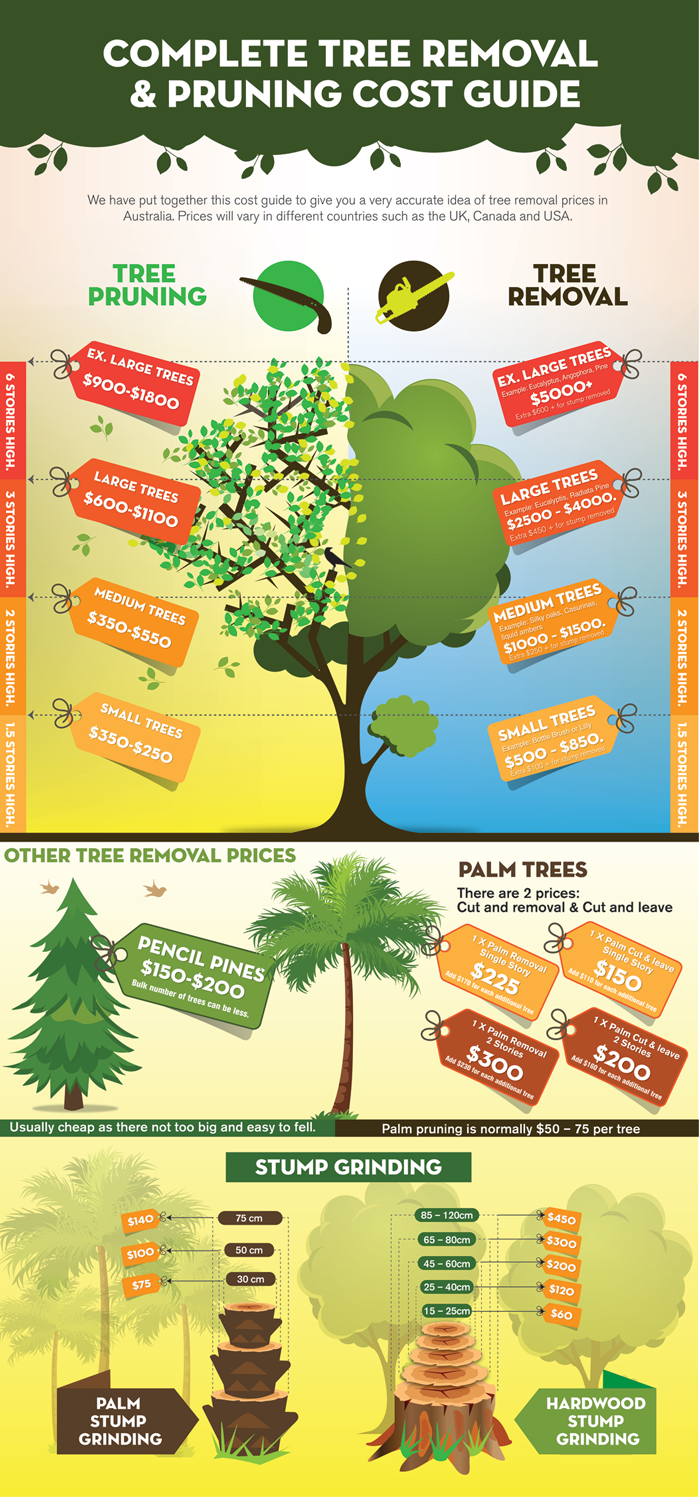Treatment After Tree Removal: Reliable Ways To Revitalize Your Landscape
Treatment After Tree Removal: Reliable Ways To Revitalize Your Landscape
Blog Article
Authored By-Wilcox McKinnon
After a tree's removal, your landscape might look fairly different, and it's important to assess the consequences thoroughly. You'll wish to review the dirt disturbance and inspect bordering plants for any indicators of anxiety. Ignoring these variables can bring about bigger problems down the line. So, what should you make with those stumps and origins? And how do click here pick the very best plants for your revitalized area? Allow's check out these crucial steps.
Assessing the After-effects: Examining Your Landscape
After a tree elimination, it's critical to assess your landscape to understand the effect it carries your backyard.
Begin by checking out the area where the tree stood. Seek indicators of soil disruption, and examine the surrounding plants for any anxiety or damages.
You must also remember of exactly how the elimination has actually transformed sunlight direct exposure and air movement in your garden. This shift can affect the development of nearby plants, so it's necessary to examine their health and wellness.
Think about the aesthetic facets too; the elimination may produce an open space that you can redesign.
Lastly, think about any potential erosion issues that could emerge from the tree's absence. Attending to these factors early will aid recover equilibrium to your landscape.
Managing Stumps and Origins: Options for Removal
As soon as you've examined the aftermath of the tree elimination, you'll likely need to take on the stump and roots left.
You have a couple of choices for removal. One effective approach is stump grinding, where a professional uses a maker to grind the stump down to underground level. This strategy leaves marginal disturbance to your landscape.
If you prefer a DIY method, you can make use of a mix of digging and chemical stump cleaners. Just bear in mind, this procedure can take time and effort.
Alternatively, consider leaving the stump as an all-natural feature, which can work as a distinct garden component or environment for wild animals.
Whatever you pick, addressing the stump and origins is important for restoring your landscape.
Choosing the Right Plants for Your New Area
As you assess your freshly cleared area, choosing the right plants can dramatically enhance your landscape's charm and capability.
Start by considering the sunlight and soil problems. For sunny areas, go with drought-resistant plants like lavender or succulents. In shaded places, brushes and hostas prosper well.
Think about the dimension and development routines of your plants; mix perennials and annuals for seasonal selection. Do not fail to remember to include native varieties; they require much less maintenance and assistance neighborhood wild animals.
Team plants in strange numbers for an extra natural appearance and create layers for visual depth.
Finally, ensure you have a mix of shades and appearances to maintain your landscape dynamic throughout the periods.
Get Paid To Have Trees Removed !
Verdict
To conclude, recovering your landscape after tree removal is a satisfying process. By assessing the aftermath, resolving stumps and roots, and selecting the right plants, you'll produce a thriving setting. Don't fail to remember to integrate disintegration control actions to secure your soil. With a little effort and care, you can change your area into a lively garden that improves your residential property. Welcome the chance to invigorate your landscape and appreciate the beauty of nature right in your yard!
